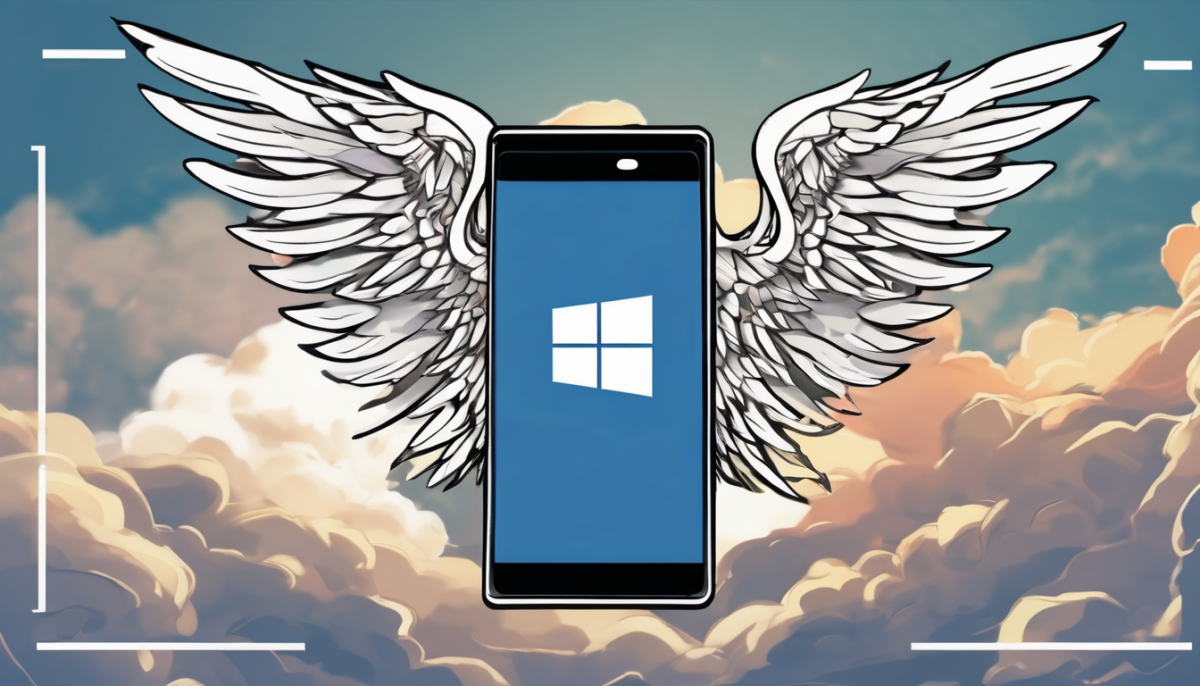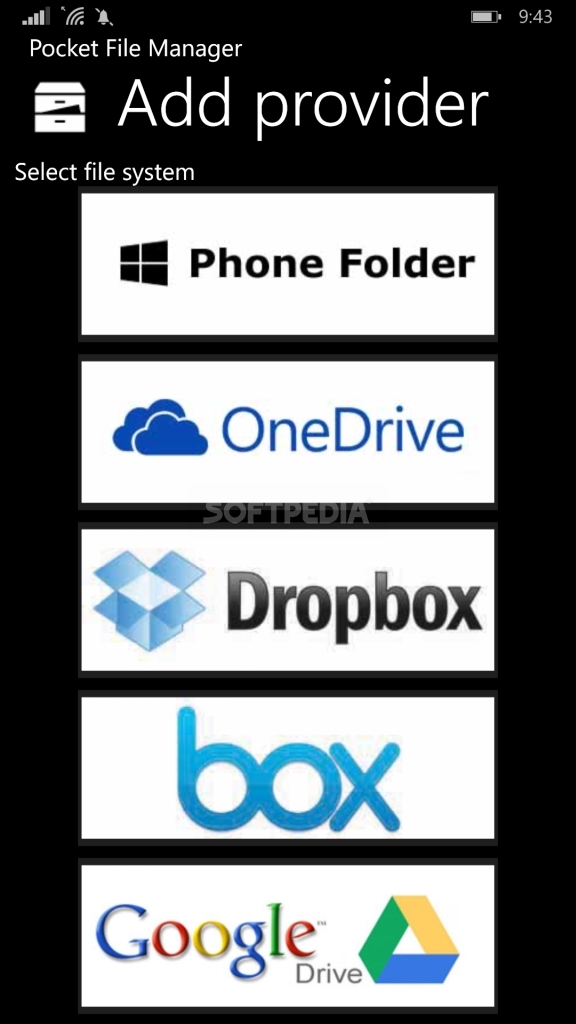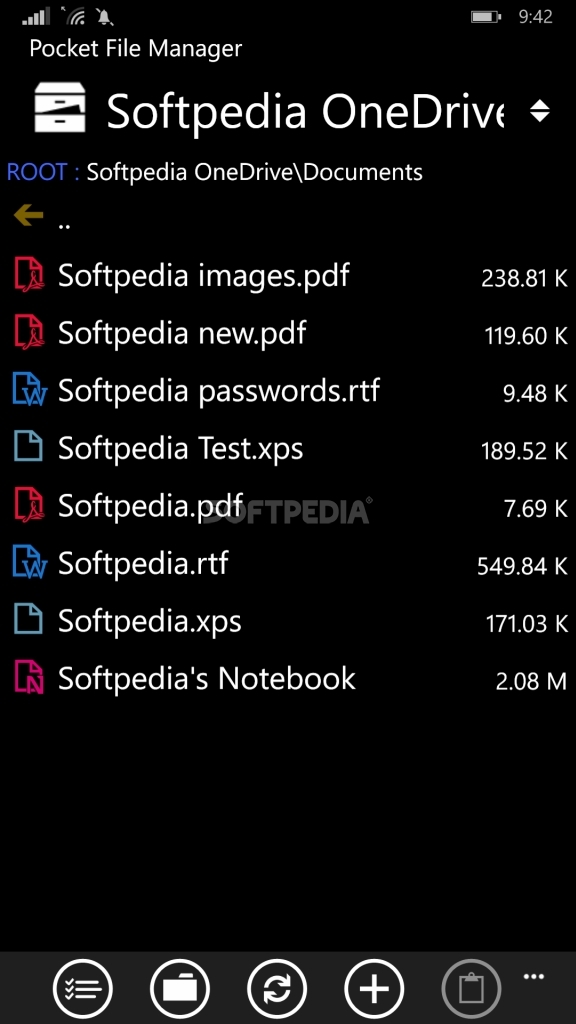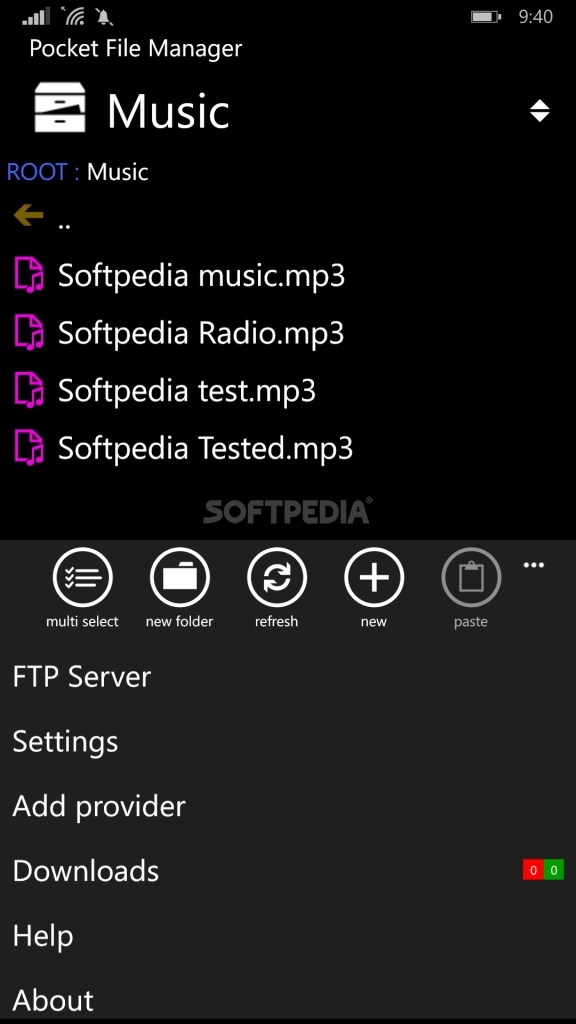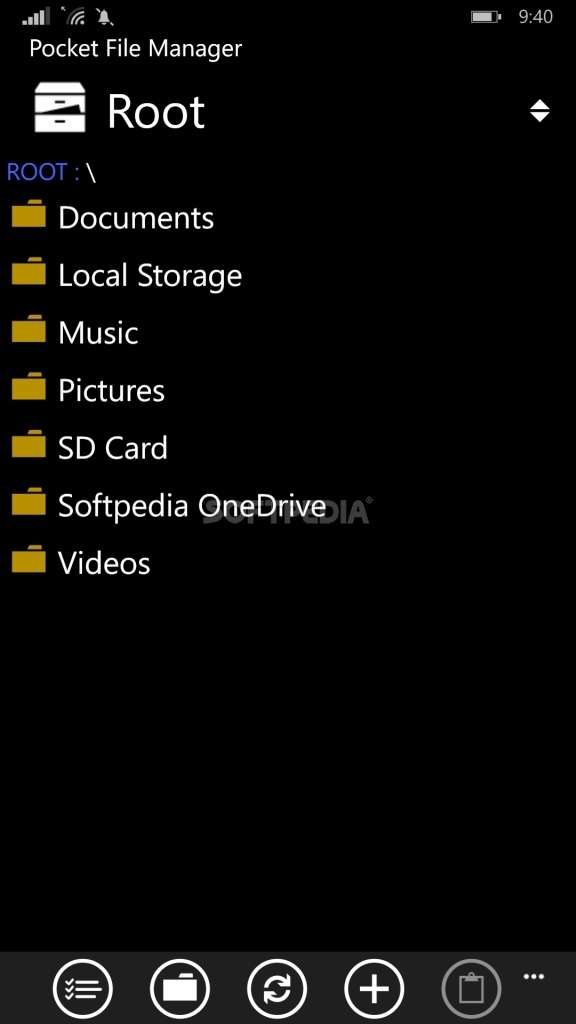While Microsoft is known for innovation and pushing boundaries, Windows Phone’s potential wasn’t fully realized due to challenges in app availability and market adoption.
My Windows Phone journey began with an HTC HD7 device.
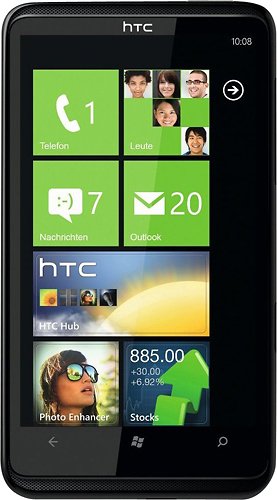
My initial foray into Windows Phone was as a developer, building apps for the new platform on an HTC device. But it wasn’t until the Nokia Lumia 800 that I truly became a Windows Phone user. As a developer for the platform, I was lucky enough to receive a Lumia 800 directly from Nokia, and it was fantastic! The phone’s design was stunning – classic Nokia style with a unique, eye-catching form thanks to the subtle curves on the sides. It felt incredibly comfortable to hold.
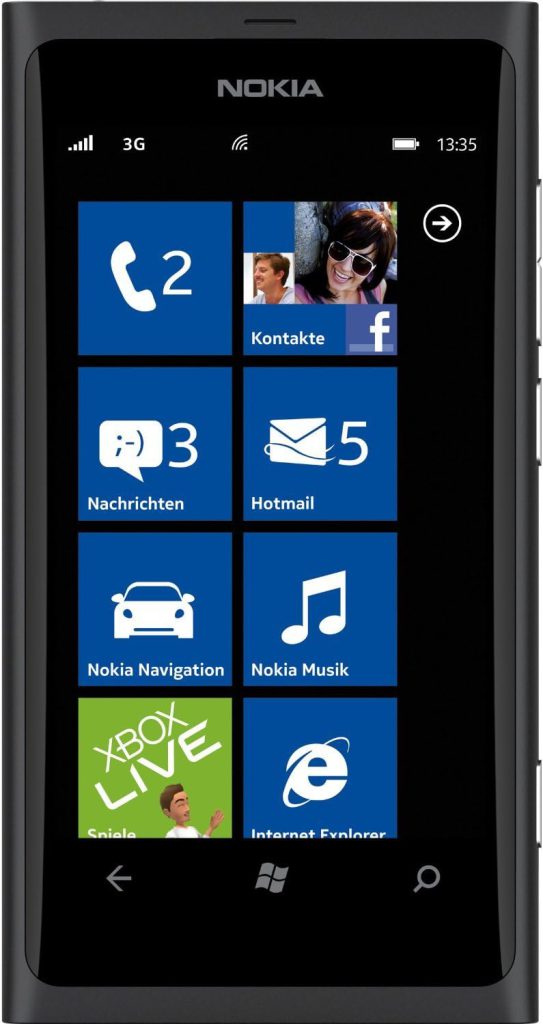
With the Lumia 800 in hand, the platform’s potential became clear. I went beyond creating simple apps and started developing a wider range, even achieving some well-received successes.
I have switched from Lumia 800 to HTD HD8, then Lumia 920 and the last Windows Phone was Lumia 1520.
While the Microsoft Windows Phone Store is no longer available, you can still find some of my apps by searching online.
One of my best seller apps was Pocket File Manager and it is available on this link.
This app was a feature-packed file manager that offered complete control over your device’s storage, including any expandable SD card. It also integrated seamlessly with at least 6 popular cloud storage services, keeping all your files accessible in one place.
Additional Features:
- For added convenience, the app could also transform your phone into an FTP server, allowing you to access your files remotely from a PC.
- Direct Bluetooth sharing was another handy feature, facilitating easy file transfer between devices.
- And to top it off, the app even included a built-in HTTP downloader.
Another popular application was Hardware Tests and you can still download it from Softpedia – Download Hardware Tests for Windows Phone (softpedia.com)
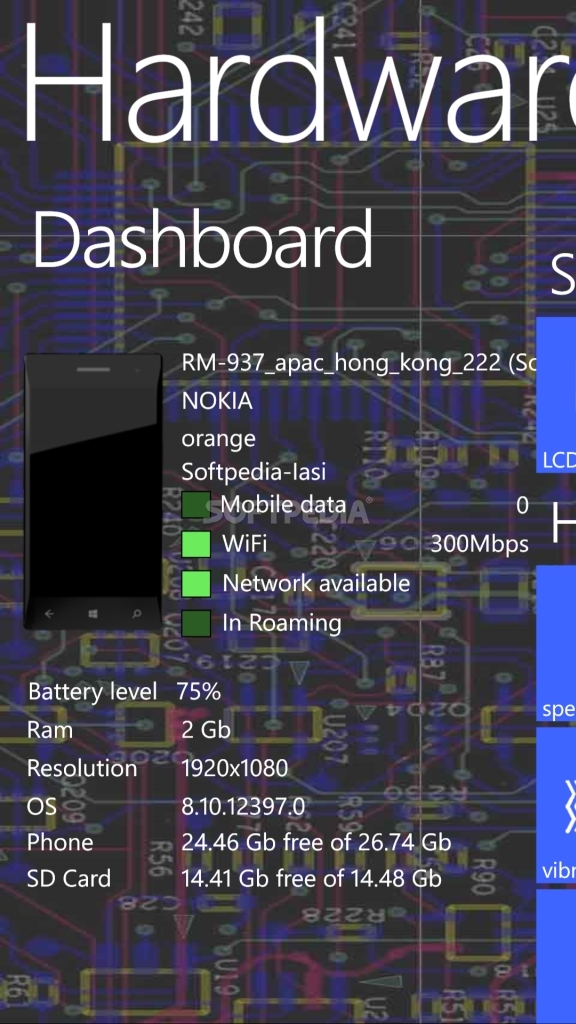
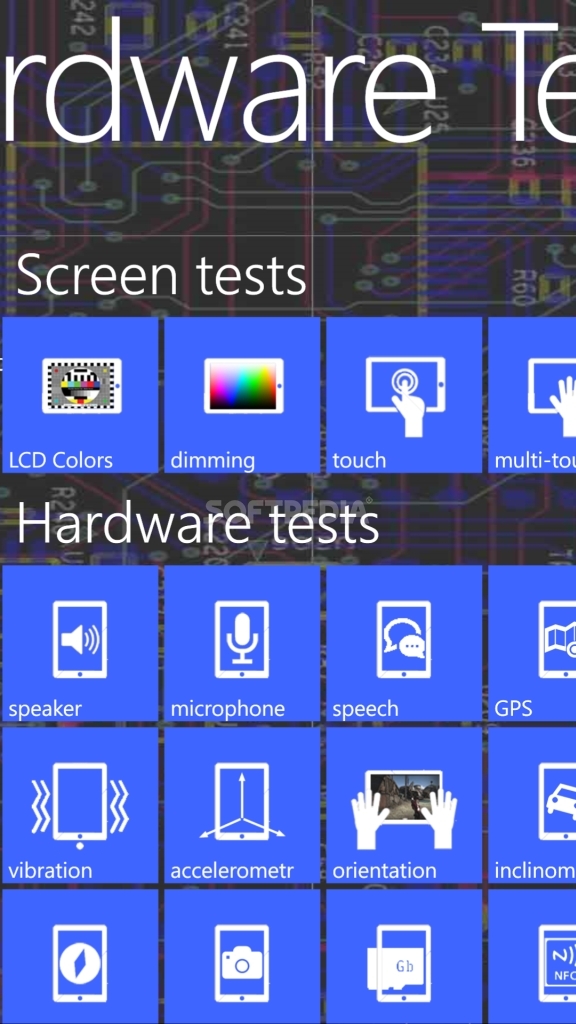
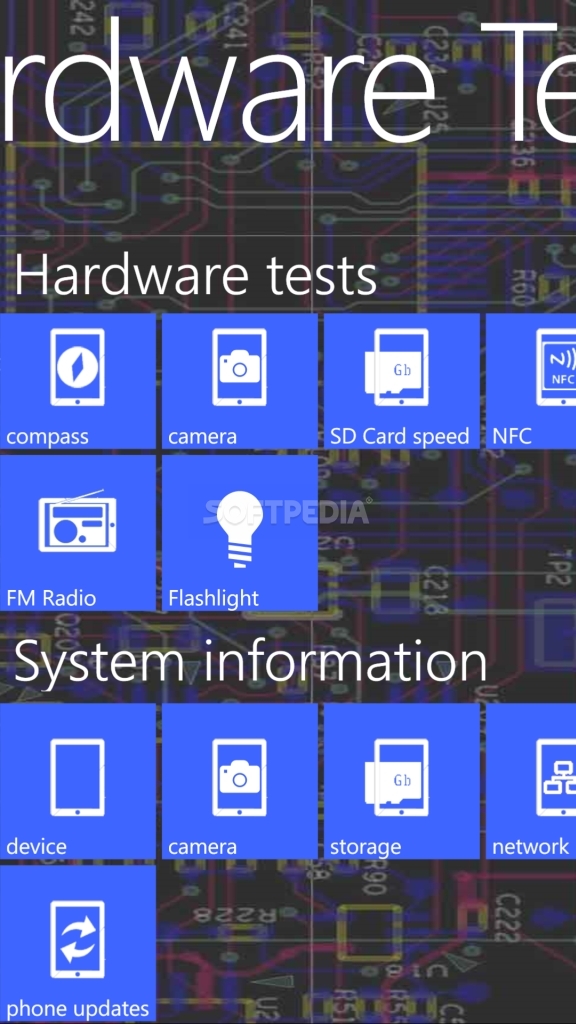
Unleash the Power of Your Device: Diagnose, Optimize, and Explore
This application goes beyond simply providing information. It offers a comprehensive suite of tests to assess your device’s performance and health. Get in-depth insights into your hardware and software, empowering you to optimize performance and troubleshoot any potential issues.
Another popular application was Sysapp Pusher. Download SysApp Pusher for Windows Phone (softpedia.com)
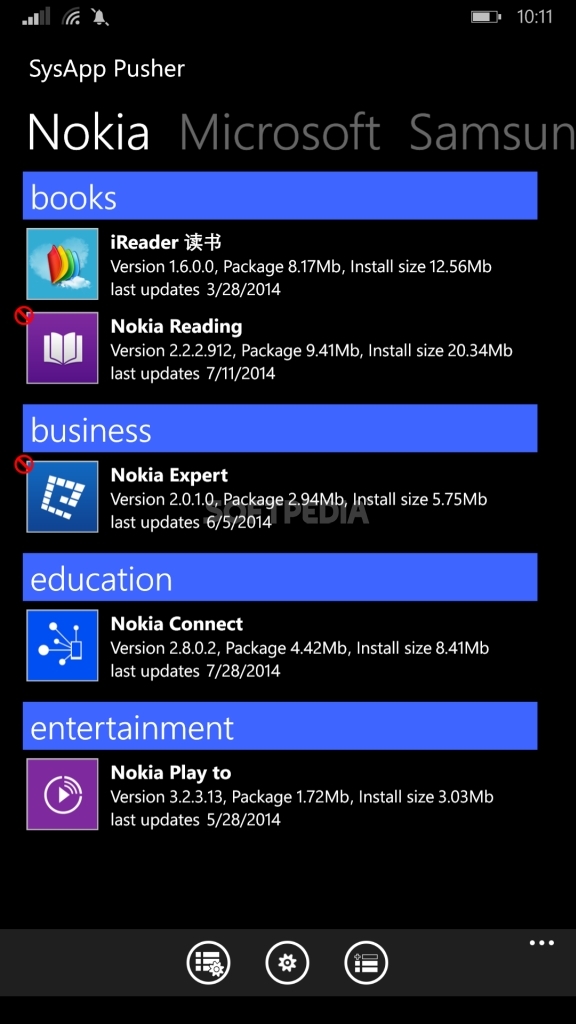
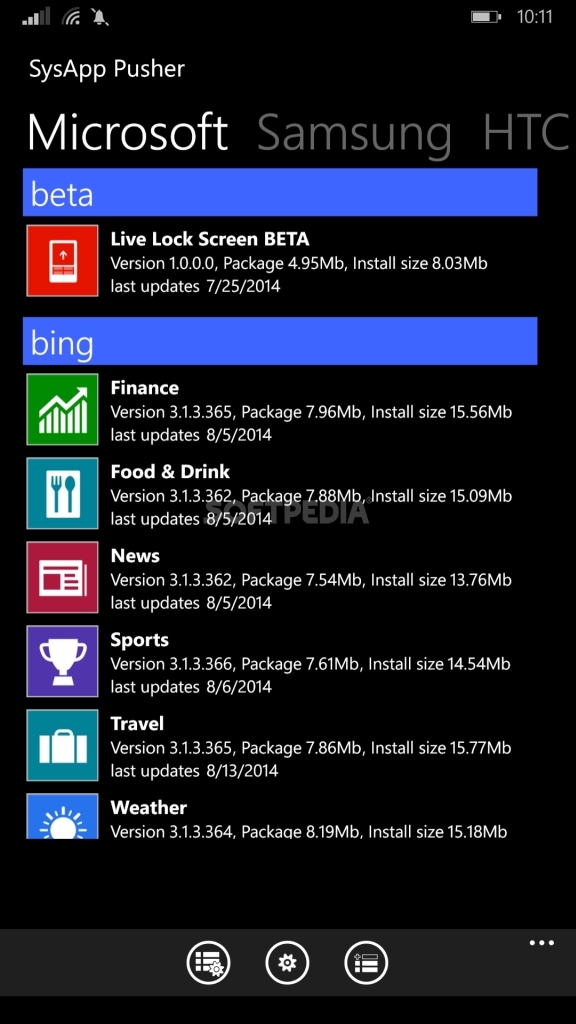
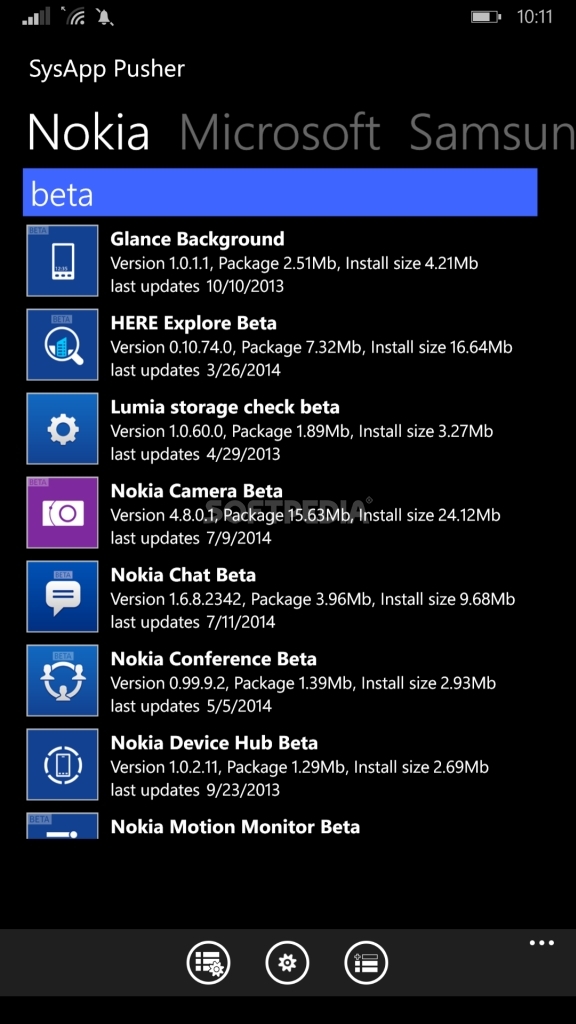
From Softpedia page:
The application takes care of the monitoring on its own, but you have at your disposal a button that triggers the manual check for all apps. When you tap on any of the entries you will be taken instantly to that app’s page in the Store, so you can view and install it or perform the upgrade.
A Passionate User’s Perspective on Windows Phone
While Microsoft’s Windows Phone journey ultimately came to an end, it remains a platform many users, myself included, hold dear. There were certainly areas for improvement, such as:
- Limited UI Customization: Unlike Android, Windows Phone offered less flexibility in personalizing the home screen with folders and alternative layouts. This could have broadened its appeal.
- Shifting Development Landscape: Early app development relied on Silverlight, then transitioned to Windows RT while maintaining some Silverlight support (with limitations). Finally, Windows Phone 10 introduced UWP. These changes, while aiming for progress, made porting apps between versions challenging and could have discouraged some developers.
Despite these shortcomings, Windows Phone offered a unique and user-friendly experience. It’s a reminder of the platform’s potential and the passionate community it fostered.
